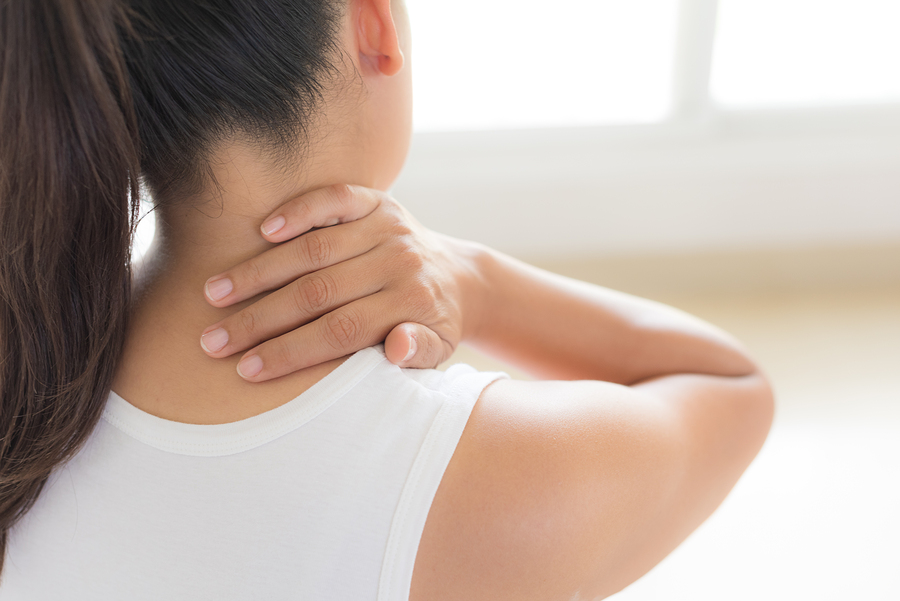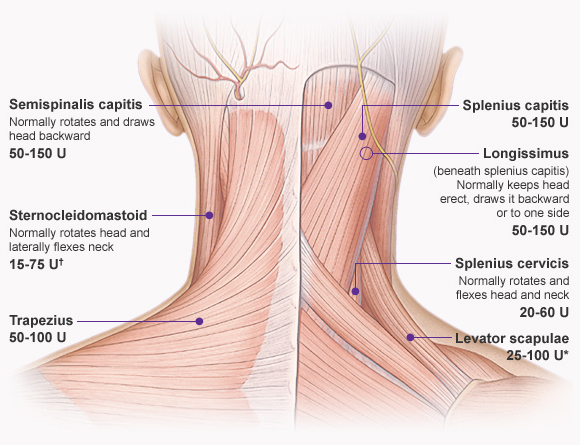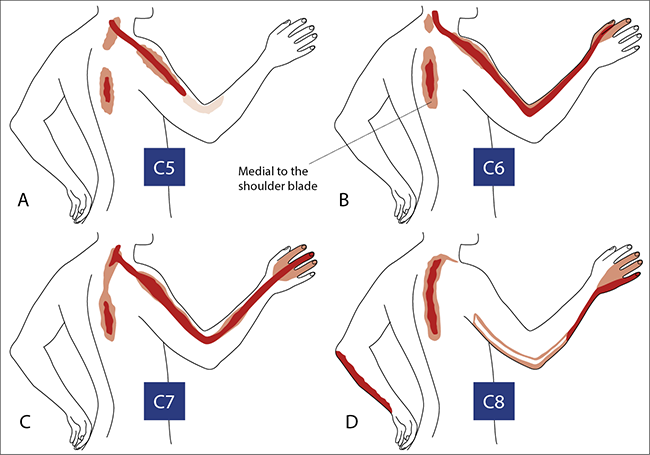Neck Pain
Neck pain is an extremely common problem that affects at least 80 percent of the population at some point in their lifetime. It is the leading cause of occupational disability and the most common cause of missed workdays. Sedentary lifestyle, excessive use of laptops, mobiles have aggravated the problem of neck pain. Neck pain affects men and women equally. About 20 percent of people affected by acute neck pain go on to develop chronic neck pain lasting a year or more. Although once thought to be a very short-lived, recent studies have shown that nearly 75% of these acute neck pain patients continue to suffer from pain at 3 months, with no significant improvement at 12 months.

Contributory Factors
Biophysical: structural changes and impaired stabilisation of neck muscles. Psychological: anxiety, depression. Social: low income, education levels, and work satisfaction. Lifestyle: high body mass index, smoking, low levels of physical activity, use of mobile phones and laptops.


Causes
Mechanical (80-90%) 1. Myofascial Neck pain - usually attributed to muscle strain or ligament injury 65-70%. 2. Facet arthropathy: It is caused by the degeneration or trauma to the synovial joints present in the back. Pain is mostly axial with some radicular components. Pain aggravates on Extention and turning twisting movements. Mostly seen in older individuals. There is localized tenderness in the paraspinal region. Spondylosis term is used as a degenerative condition that may worsen as a person grows older. It can affect any region of the spine. Spondylosis can affect the spine's intervertebral discs (eg, degenerative disc disease) and facet joints. Neurogenic(5-15%) 1. Herniated disc 2. Cervical Spinal stenosis: Cervical spinal stenosis is caused by insufficient room in the spinal canal for the neural elements. It is mostly degenerative in origin. Patients with spinal stenosis experience weakness in the upper extremity esp, fine movements of the hand, or continuous pain . 3. Failed back surgery syndrome (such as arachnoiditis, epidural adhesions, recurrent herniation); may cause mechanical back pain as well. Non-Mechanical spinal conditions (1-2%) 1. Neoplastic (such as primary or metastatic) disease. 2. Infection (such as osteomyelitis, discitis, abscess). 3. Rheumatoid arthritis Others (2-4%) 1. Fibromyalgia 2. Somatoform disorder (such as somatization disorder, pain disorder) 3. Malingering Radicular symptoms may result from either chemical mediators released from degenerated discs or mechanical irritation. Causes of Spinal canal stenosis include foraminal narrowing, osteophyte formation, spondylolisthesis, post-surgical changes, and congenitally short pedicles.
Clinical Presentation
Signs of nerve root irritation 1. Arm pain greater than Neck pain. 2. Radiation into forearms and hands. 3. Numbness and paraesthesias in dermatomal distribution. 4. Diminished reflexes. 5. Sensory or motor loss. Imaging MRI is the investigation of choice for patients suffering from chronic neck pain. Bulging or degenerative discs, tumours, infection all can be seen in MRI and major causes can be ruled out.
Neck Pain Treatment
90% of the episodes of neck pain resolves with medications, physiotherapy and back strenghthening exercises. Further diagnostics work up is necessary if there are red flags such as possible fracture, tumor or infection, bladder or bowel dysfunction, severe or progressive neurological dysfunction or pain not improving on conservative means. When conservative treatment fails, it is important to identify the structures responsible for the generation of neck pain. Newer imaging techniques like MRI have immense value in confirming these diagnoses. NONSURGICAL OPTIONS OF NECK PAIN MANAGEMENT: Transforaminal epidural steroid injections or Interlaminarepidural steroid injection. Intraarticual facet steroid injections Medial branch of Dorsal ramus RFA for Facet arthropathy. Surgical Options: 1.Microscopic or endoscopic discectomy. 2. Laminectomy and spinal canal decompresion. 3. Fusion surgery. 4. Disc replacement.
Types of Pain
- Neck Pain
- Low Back Pain
- Thoracic Spine Pain
- Headache
- Shoulder Pain
- Elbow Pain
- Wrist Pain
- Knee Pain
- Peripheral Vascular Disease
- Neuropathic Pain Syndromes
- Fibromyalgia And Other Myofacial Pain Syndromes
- Chronic Regional Pain Syndrome
- Facial Pain
- Foot Pain
- Abdominal Wall Pain Syndrome
- Sacroiliac Joint Pain
- Cancer Pain
- Urogenital Pain Syndrome
- Chronic Pelvic Pain